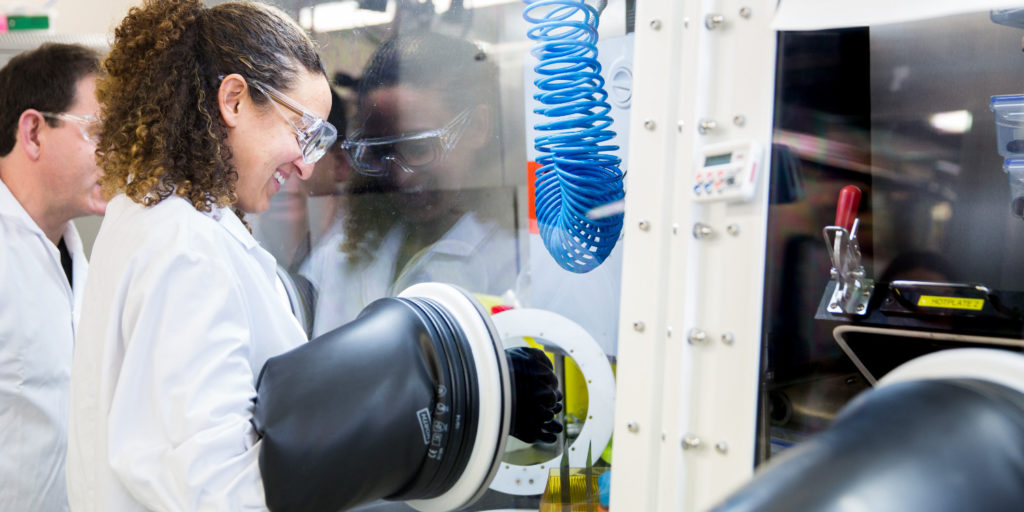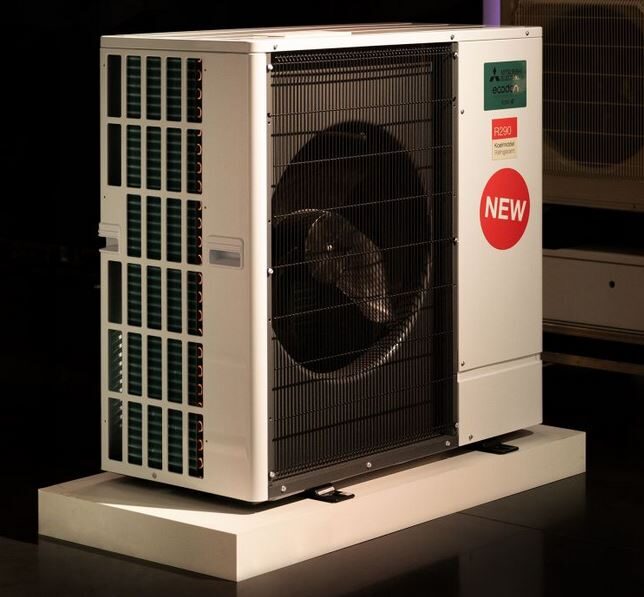Oxford PV and the University of Oxford have secured funding for a £5 million research project from the British Government. The two entities were selected to work together to develop a thin film multi-junction perovskite solar cell. They aim to reach a cell efficiency of around 37% and improve the long-term stability of the device.
The research project is expected to run for five years and receive £2.5 million from the government's Engineering and Physical Sciences Research Council (EPSRC). The other 50% has been invested by Oxford PV.
The EPSRC program is designed to promote long-term, research-based partnerships between companies and universities. As part of the collaboration, partnerships with various research groups, including those for photovoltaics and opto-electronic devices, are planned. This is led by Henry Snaith at the University of Oxford, who is also chief developer and co-founder of Oxford PV.
“Oxford PV's industrial focus remains strong on the completion of perovskite silicon tandem solar cell technology,” said Chris Case, CTO of Oxford PV. The PV manufacturer, which aims to commercialize this technology in a factory in Brandenburg, eastern Germany, has made significant progress in this regard. “At present, commercially produced perovskite silicon tandem solar cells are being produced on our pilot line, and we are optimizing the equipment and processes to prepare mass production,” Case continued.
The project with the University of Oxford should open new paths. “Longer term, providing the PV industry with a low cost solar cell technology that could reach an efficiency level of nearly 40%, is an exciting prospect that would further transform global solar energy generation – helping drive the world toward an all-electric future,” said Case.
In June, Oxford PV announced a new efficiency record of 27.3% for its perovskite silicon tandem cells. With this technology, the it also wants to achieve efficiencies of more than 30% in the near future.
This content is protected by copyright and may not be reused. If you want to cooperate with us and would like to reuse some of our content, please contact: editors@pv-magazine.com.




SFIK Oxford PV do not plan to get into mass production themselves, but to license shovel-ready technology.. The Brandenburg plant (bought opportunistically in a going-out-of-business sale) is an industrial test-bed, not a forerunner of gigafactory. It’s not unusual in the industry; equipment supplier Manz have their own test production line.
Go go go!!! The world need 37% efficiency Solar PV at price of today 20% modules as fast as possible!!